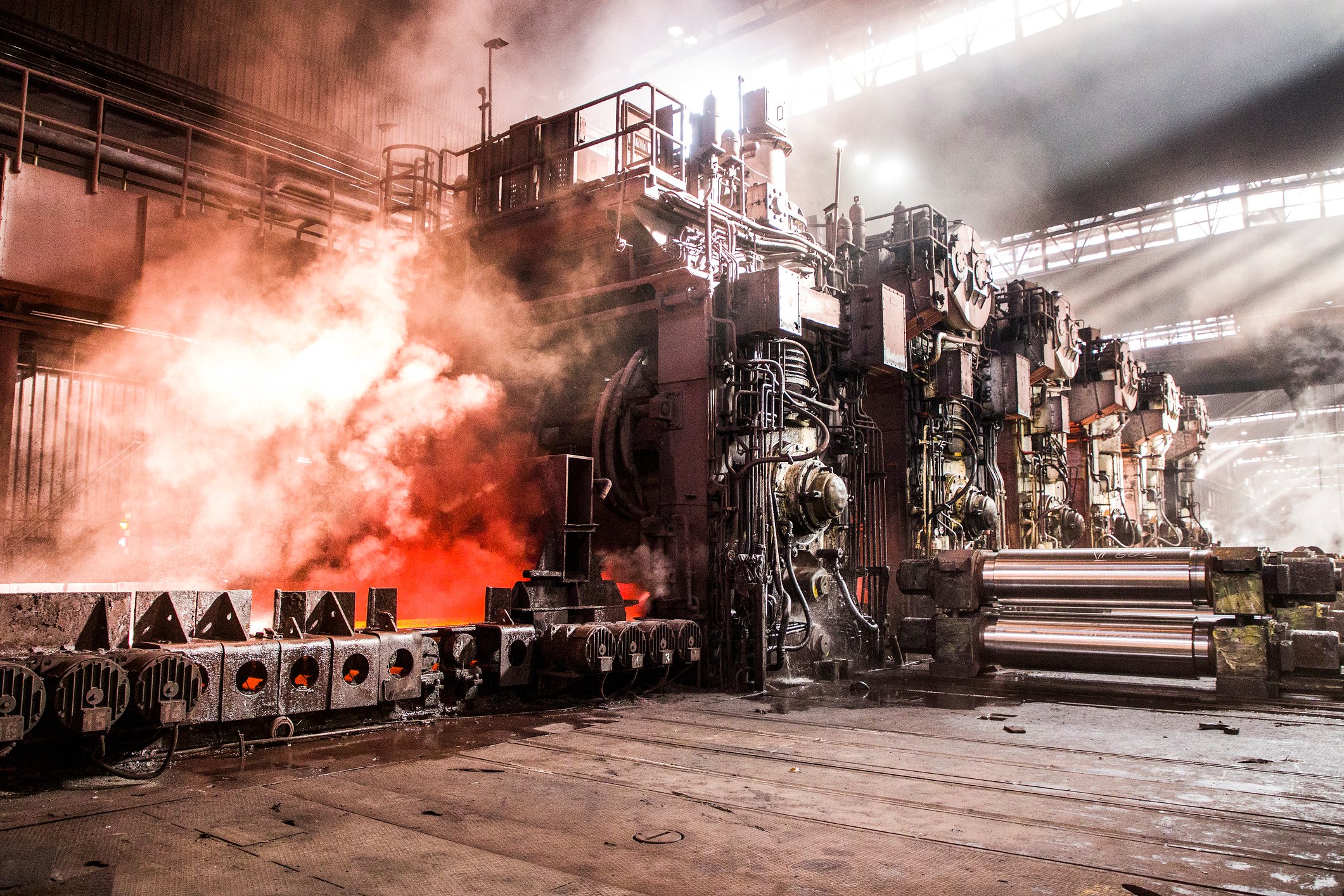Industrial Workplace Fire Safety Tips
- Focus on fire prevention
- Identify the biggest fire risks and stay vigilant
- Create an Emergency Action Plan (EAP)
- Educate employees on fire safety
Let’s face it — nobody wants to imagine a fire of any scale in the workplace. But if there’s a fire happening at your facility, you won’t have time to research what to do. Fire safety preparedness and baseline knowledge are critical for business owners, facility managers, and all employees, regardless of industry or workplace environment.
Businesses in the industrial sector face particular risks due to working with hazardous materials, dangerous equipment and processes, and large-scale operations, often with many employees. They simply can’t afford to downplay the risk of fire in the workplace.
Here are some tips all business owners and facility managers should have in their back pockets to prevent and address fires in the industrial workplace environment, keep employees safe, and protect business assets.
1. Focus on Fire Prevention
According to figures from Factory Mutual, more than half of all fires and nearly three-fourths of property damage could be avoided through preventative maintenance and frequent inspection and testing.
Before all else, the best thing business owners and facilities managers can do is focus on workplace fire prevention to avoid both minor issues and major catastrophes.
This includes:
- Regular inspections and systems maintenance to ensure your fire protection systems are compliant and functioning properly.
- Expert-led walkthroughs and fire hazard assessments to identify and understand the unique needs, risks, and recommended strategies for your specific operation.
- Empowering your employees with regular training and fostering a culture where everyone is responsible for fire prevention, protection, and safety.
2. Identify the Biggest Fire Risks and Stay Vigilant
When emphasizing fire prevention, a logical place to focus on is the most common industrial workplace fire risks. In an NFPA study, heated equipment, shop tools, and industrial equipment were found to be the leading causes of structural fires in industrial or manufacturing facilities. Some of the most common industrial fire and explosion risks include:
- Hot work - Avoid hot work whenever possible; Otherwise, ensure all staff are properly trained, keep the area thoroughly cleaned, and supervise the work.
- Combustible dust - Follow regular and thorough housekeeping to minimize dust accumulation.
- Electrical hazards - Avoid exposed wires and extension cords, prevent overloading electrical equipment or circuits, unplug all equipment when not in use, and use antistatic equipment where required by NFPA or OSHA.
- Flammable liquids and gas - Reference the material safety data sheet (MSDS) to know the safety information for these materials, including proper storage and handling.
Stay vigilant in keeping these common offenders top of mind, regularly cleaned, and properly maintained.
3. Create an Emergency Action Plan (EAP)
Minor events can develop into emergency scenarios quickly. Although OSHA’s emergency requirements vary by industry, an Emergency Action Plan (EAP) is highly recommended (if not required) for nearly every business and industry. EAPs clearly define actions and protocols for employees to follow in emergency situations, including reporting incidents, evacuating facilities, and accounting for all employees after an evacuation.
A robust EAP should be informed by your facility's fire risk assessment and tailored around the specific layout, special hazards, and existing systems of each work site. Include your EAP when onboarding every new hire, revisit and update your EAP annually, and train all employees on emergency protocols regularly.
4. Educate Employees on Fire Safety
Employees need to know if and when to act to minimize harm. Here are the three most important things employees need to know about responding to fires in an industrial workplace:
- If a fire starts at work, you are not required to attempt to put out the fire — even if there is a fire extinguisher nearby.
- If you see an incipient-stage fire at work, you should quickly make the decision to fight —discharge an extinguisher toward the fire — or flee — pull the building fire alarm and get out of the building. Whichever you choose, execute your plan quickly.
- Many employees' first reaction in a fire is to call for a boss or authority figure. Employees need to be trained to react quickly, not to wait for instruction. Quick action saves lives and property.
Employees should also undergo extensive fire extinguisher training, as it can make all the difference between a minor setback and an absolute disaster. A fire extinguisher training program teaches personnel how to operate and select the appropriate extinguisher type for the situation. They teach employees to recognize potential fire hazards and decide whether to fight the fire or evacuate the premises.
Protecting Your Industrial Facility
Industrial operations face particular risks when considering fire prevention and fire safety. All business owners and facility managers should have this baseline knowledge in order to prevent and respond to industrial workplace fires effectively.
Businesses in the industrial sector should partner with an experienced fire protection company to develop a comprehensive fire suppression strategy tailored to the specific special hazards present in their facility. Licensed technicians will design, install, inspect, maintain, and monitor all fire and life safety systems to ensure your industrial facility remains in compliance and is ready for an emergency if and when it occurs.
Editor's Note: This post was originally published on April 9th, 2020, and has been updated for accuracy and current best practices.







